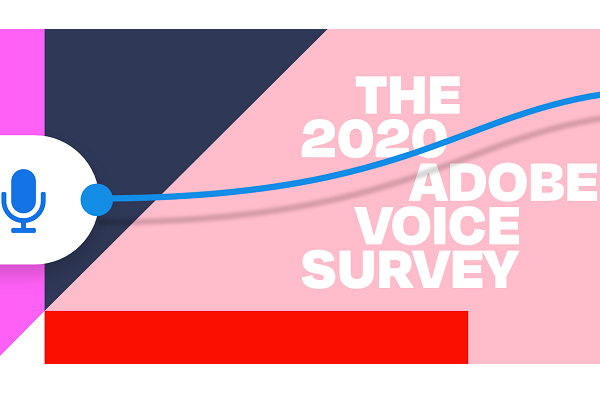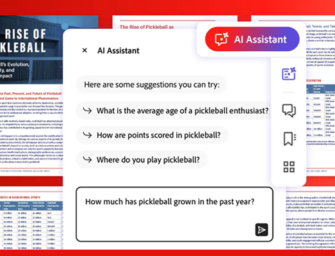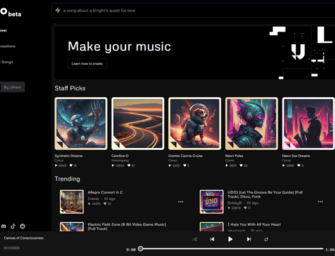COVID-19 is Accelerating Voice Technology Adoption Despite Accuracy Issues: Adobe Survey
 The ongoing COVID-19 health crisis is boosting the use of voice technology as a contactless alternative to completing tasks, according to the 2020 Adobe Voice Survey of 1,000 voice technology users in the U.S. released on Wednesday. Even as problems with accuracy and embarrassment when engaging with the tech publicly stymie some adoption, 77% of voice tech users expect to use voice tech more frequently over the next year.
The ongoing COVID-19 health crisis is boosting the use of voice technology as a contactless alternative to completing tasks, according to the 2020 Adobe Voice Survey of 1,000 voice technology users in the U.S. released on Wednesday. Even as problems with accuracy and embarrassment when engaging with the tech publicly stymie some adoption, 77% of voice tech users expect to use voice tech more frequently over the next year.
Touch-Free Voice
Almost a third of the respondents to the survey cited the contactless nature of voice technology as a specific benefit and reason they use voice assistants in one form or another. A huge majority, 86%, said the presence of voice tech would make going to businesses and events more sanitary. Around half said they would like to see voice AI handle opening doors, operating elevators, or controlling vending machines. As for what people currently turn to voice technology to accomplish, the most popular applications are navigation at 52%, texting and chat at 51%, and listening to music at 46%.
“2020 brought more changes than anyone anticipated and as a result, expedited progress in tech and innovation. Certain tools have emerged as unexpected solutions – in particular, voice technology,” Adobe director of product Mark Webster wrote about the survey. “In comparison to Adobe’s 2019 results, users are embracing the technology in more ways for more contactless interactions – like ordering, banking – but also exhibit more confusion about how to use it. This year holds promise of continued innovation, more user adoption and more possibilities.”
Limits and Confusion
While the respondents all use voice technology, they aren’t completely satisfied with the state of the technology or how they come off when using it. A slight majority of 57% said that voice assistants have room for improvement when it comes to accuracy. Even more respondents, 62%, said it’s awkward talking to a voice assistant around other people. At the same time, 63% of respondents aren’t sure how to get a voice assistant to do what they want, a number that has actually risen 14% from last year’s survey. All of these factors may help explain why people stick to relatively basic uses of voice technology, despite 89% saying that voice technology is easy to use.
“While voice technology has become significantly more intelligent in recent years, it is still primarily used for simple tasks,” Webster explained. “Only one in four people use voice technology beyond simple searches, such as finding, ordering and sending a highly-rated gift to a friend.”
Follow @voicebotai Follow @erichschwartz
Adobe’s Head of Voice on Alexa Skills, Designers, and a ‘Controversial’ Decision
Smart Speaker Users Fine with Ads, Want The Rock and Will Smith as Voices








